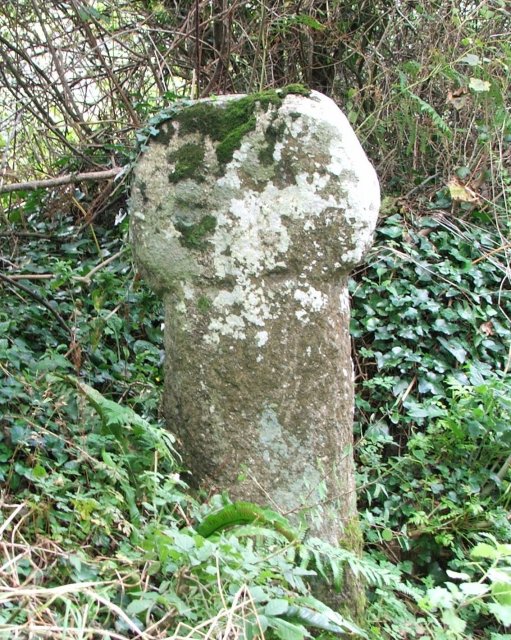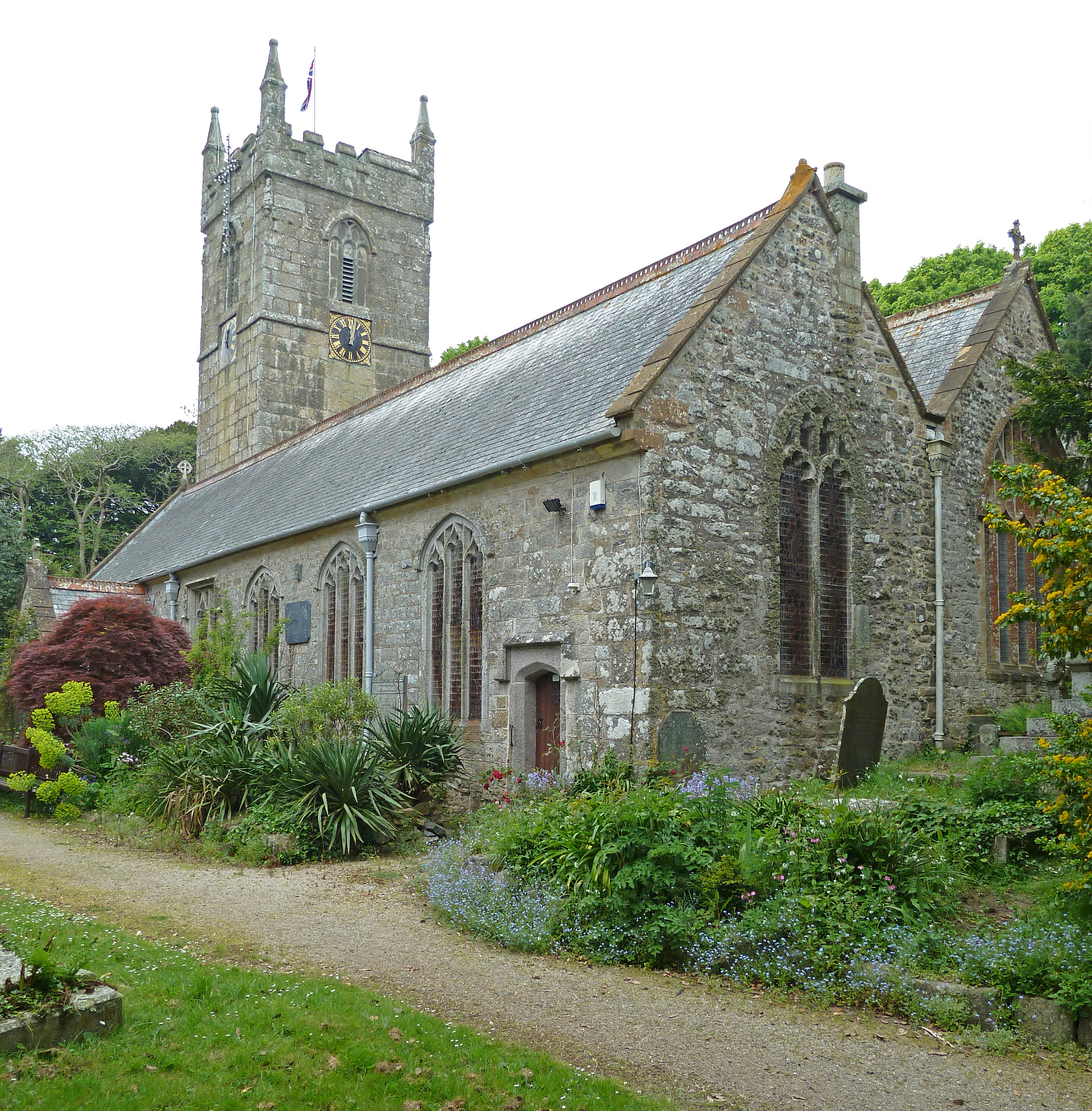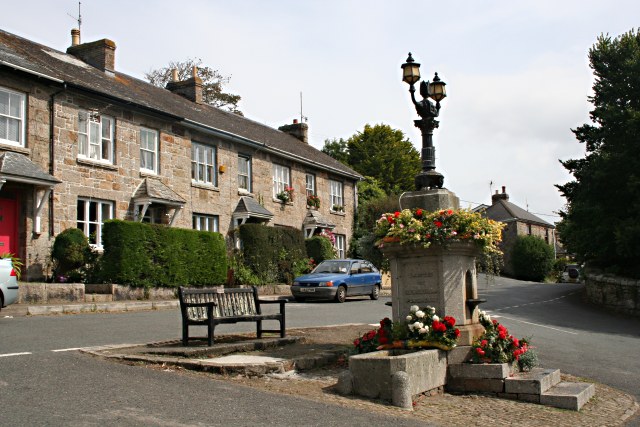|
Listed Buildings In Gulval
Gulval () is a village in Cornwall, United Kingdom.Ordnance Survey: Landranger map sheet 203 ''Land's End'' Although historically a parish in its own right, Gulval was incorporated into the parishes of Penzance, Madron and Ludgvan in 1934, and is now considered to be a suburb of Penzance. This list contains listed buildings that are now within the parish of Penzance. It contains eight Listed building#England and Wales, listed buildings that are recorded in the National Heritage List for England. Of these, one is Grade II*, the middle of the three grades, and the others are Grade II, the lowest grade. Four of the listed buildings are houses, the others are the parish church, one of the lychgates, a nonconformist chapel and a telephone box. References Citations Sources * * * * * * * * {{DEFAULTSORT:Gulval Culture of Cornwall Lists of listed buildings in Cornwall Buildings and structures in Penzance ... [...More Info...] [...Related Items...] OR: [Wikipedia] [Google] [Baidu] |
Cornish Language Partnership
The Cornish Language Partnership ( , ) was a representative body that was set up in Cornwall, England, United Kingdom, in 2005 to promote and develop the use of the Cornish language. and was dissolved in 2015. It was a public and voluntary sector partnership and consisted of representatives from various Cornish language societies, Cornish cultural and economic organisations and local government in Cornwall. The organisation was part-funded by the European Union's Objective One programme, the United Kingdom government's Department for Communities and Local Government and Cornwall Council. The Partnership was the chief regulator of the Standard Written Form of Cornish, an orthography that was published in 2008 with the intention of uniting the previous conflicting orthographies, and for use on road signs, in official documents, and in school examinations. It was dissolved in 2015, and Cornwall Council became the lead organisation for promoting Cornish language, particularly thro ... [...More Info...] [...Related Items...] OR: [Wikipedia] [Google] [Baidu] |
Cornwall
Cornwall (; or ) is a Ceremonial counties of England, ceremonial county in South West England. It is also one of the Celtic nations and the homeland of the Cornish people. The county is bordered by the Atlantic Ocean to the north and west, Devon to the east, and the English Channel to the south. The largest urban area is the Redruth and Camborne conurbation. The county is predominantly rural, with an area of and population of 568,210. After the Redruth-Camborne conurbation, the largest settlements are Falmouth, Cornwall, Falmouth, Penzance, Newquay, St Austell, and Truro. For Local government in England, local government purposes most of Cornwall is a Unitary authorities of England, unitary authority area, with the Isles of Scilly governed by a Council of the Isles of Scilly, unique local authority. The Cornish nationalism, Cornish nationalist movement disputes the constitutional status of Cornwall and seeks greater autonomy within the United Kingdom. Cornwall is the weste ... [...More Info...] [...Related Items...] OR: [Wikipedia] [Google] [Baidu] |
Penzance
Penzance ( ; ) is a town, civil parish and port in the Penwith district of Cornwall, England, United Kingdom. It is the westernmost major town in Cornwall and is about west-southwest of Plymouth and west-southwest of London. Situated in the shelter of Mount's Bay, the town faces south-east onto the English Channel, is bordered to the west by the fishing port of Newlyn, to the north by the civil parish of Madron and to the east by the civil parish of Ludgvan. The civil parish includes the town of Newlyn and the villages of Mousehole, Paul, Cornwall, Paul, Gulval, and Heamoor. Granted various royal charters from 1512 onwards and Incorporation (municipal government), incorporated on 9 May 1614, it has a population of 21,200 (2011 census). Penzance's former main street Chapel Street has a number of interesting features, including the Egyptian House, Penzance, Egyptian House, The Admiral Benbow public house (home to a real life 19th-century smuggling gang and allegedly the inspira ... [...More Info...] [...Related Items...] OR: [Wikipedia] [Google] [Baidu] |
Madron
Madron ( (village) or (parish)) is a civil parishes in England, civil parish and village in west Cornwall, England, United Kingdom. Madron is named after Saint Madern's Church. Its annual Trafalgar Service commemorating the death of Horatio Nelson, 1st Viscount Nelson, Vice Admiral Horatio Nelson was started on 27 October 1946, following a local tradition that his death was first announced on British soil in the Union Hotel, Penzance. Geography It is a large rural parish on the Penwith, Penwith peninsula north of Penzance, bounded by the parishes of Sancreed and St Just in Penwith, St Just to the west, by Zennor and Morvah to the north, by the sea and the Paul (civil parish), parish of Paul in the south and by the parishes of Gulval and Penzance to the east. Madron village is centred on an elevated site approximately two miles (3 km) northwest of Penzance town centre. The main villages and hamets are Tredinnick, Lower Ninnes, New Mill, Cornwall, New Mill, Newbridge, Corn ... [...More Info...] [...Related Items...] OR: [Wikipedia] [Google] [Baidu] |
Ludgvan
Ludgvan ( ; ) is a civil parishes in England, civil parish and village in Cornwall, England, UK, northeast of Penzance. Ludgvan village is split between Churchtown, on the hill, and Lower Quarter to the east, adjoining Crowlas. For the purposes of local government, Ludgvan elects a Parish councils in England, parish council every four years; the town elects a member to Cornwall Council under the Ludgvan (electoral division), Ludgvan division. History Like many communities in Cornwall the legendary origins of Ludgvan are attributed to the arrival of its patron saint, in this case Saint Ludowanus. However, the place-name appears to derive from the Cornish language, Cornish for ''place of ashes'' or ''burnt place''. Evidence for it being a saint's name includes documents in which it is named St Ludgvan and records of its name as Lewdegran and Ludewon. In recent times Ludgvan feast has celebrated St Lewdegran. Ludgvan was mentioned in the Domesday Book (under the name "Luduhan") as ... [...More Info...] [...Related Items...] OR: [Wikipedia] [Google] [Baidu] |
Listed Building
In the United Kingdom, a listed building is a structure of particular architectural or historic interest deserving of special protection. Such buildings are placed on one of the four statutory lists maintained by Historic England in England, Historic Environment Scotland in Scotland, in Wales, and the Historic Environment Division of the Department for Communities in Northern Ireland. The classification schemes differ between England and Wales, Scotland, and Northern Ireland (see sections below). The term has also been used in the Republic of Ireland, where buildings are protected under the Planning and Development Act 2000, although the statutory term in Ireland is "Record of Protected Structures, protected structure". A listed building may not be demolished, extended, or altered without permission from the local planning authority, which typically consults the relevant central government agency. In England and Wales, a national amenity society must be notified of any work to ... [...More Info...] [...Related Items...] OR: [Wikipedia] [Google] [Baidu] |
National Heritage List For England
The National Heritage List for England (NHLE) is England's official database of protected heritage assets. It includes details of all English listed buildings, scheduled monuments, register of historic parks and gardens, protected shipwrecks, and registered battlefields. It is maintained by Historic England, a government body, and brings together these different designations as a single resource even though they vary in the type of legal protection afforded to them. Although not designated by Historic England, World Heritage Sites also appear on the NHLE; conservation areas do not appear since they are designated by the relevant local planning authority. The passage of the Ancient Monuments Protection Act 1882 established the first part of what the list is today, by granting protection to 50 prehistoric monuments. Amendments to this act increased the levels of protection and added more monuments to the list. Beginning in 1948, the Town and Country Planning Acts created the ... [...More Info...] [...Related Items...] OR: [Wikipedia] [Google] [Baidu] |
Lychgate
A lychgate (from Old English ''līc'', corpse) or resurrection gate is a covered gateway found at the entrance to a traditional English or English-style churchyard. Examples also exist outside the British Isles in places such as Newfoundland, the Upland South and Texas in the United States, Australia, New Zealand, South Africa, Norway, and Sweden. Etymology The word ''lych'' survived into modern English from the Old English or Saxon word for "corpse", mostly as an adjective in particular phrases or names, such as ''lych bell'', the hand-bell rung before a corpse; '' lych way'', the path along which a corpse was carried to burial (this in some districts was supposed to establish a right-of-way); ''lych owl'', the screech owl, because its cry was a portent of death; and ''lyke-wake'', a night watch over a corpse (''see Lyke-Wake Dirge''). It is cognate with the modern German ''Leiche'', Dutch ''lijk'' and '' lichaam'', West Frisian ''lyk'' and Swedish ''lik'', all meaning "co ... [...More Info...] [...Related Items...] OR: [Wikipedia] [Google] [Baidu] |
Gulval Church - Geograph
Gulval () is a village in the civil parish of Penzance, in Cornwall, England. Although historically a parish in its own right, Gulval was incorporated into the parishes of Ludgvan, Madron and Penzance in 1934, and is now considered to be a suburb of Penzance. Gulval still maintains its status as an ecclesiastical parish and parts of the village church date back to the 12th-century. Together with Heamoor, Gulval still retains its status as an electoral ward. The ward population at the 2011 census was 4,185. Name origins The parish is named after a 6th-century saint, Gulval, the original form of which was probably Welvela or Wolvela. Baring-Gould thought this was Wilgitha, the sister of Saint Juthwara: David Nash Ford agrees. Gilbert Hunter Doble, however, favoured an identification with one of the male Welsh missionaries, Gudwall or Gurwall who are honoured in Brittany, eponym of Locoal-Mendon. A life of each one is to be found in the ''Acta Sanctorum'', June; Bollandists, 1867. ... [...More Info...] [...Related Items...] OR: [Wikipedia] [Google] [Baidu] |
Barn
A barn is an agricultural building usually on farms and used for various purposes. In North America, a barn refers to structures that house livestock, including cattle and horses, as well as equipment and fodder, and often grain.Allen G. Noble, ''Traditional Buildings: A Global Survey of Structural Forms and Cultural Functions'' (New York: Tauris, 2007), 30. As a result, the term barn is often qualified e.g. tobacco barn, dairy barn, cow house, sheep barn, potato barn. In the British Isles, the term barn is restricted mainly to storage structures for unthreshed cereals and fodder, the terms byre or shippon being applied to cow shelters, whereas horses are kept in buildings known as stables. In mainland Europe, however, barns were often part of integrated structures known as byre-dwellings (or housebarns in US literature). In addition, barns may be used for equipment storage, as a covered workplace, and for activities such as threshing. Etymology The word ''barn'' c ... [...More Info...] [...Related Items...] OR: [Wikipedia] [Google] [Baidu] |
Gulval Methodist Church
Gulval () is a village in the civil parish of Penzance, in Cornwall, England. Although historically a parish in its own right, Gulval was incorporated into the parishes of Ludgvan, Madron and Penzance in 1934, and is now considered to be a suburb of Penzance. Gulval still maintains its status as an ecclesiastical parish and parts of the village church date back to the 12th-century. Together with Heamoor, Gulval still retains its status as an electoral ward. The ward population at the 2011 census was 4,185. Name origins The parish is named after a 6th-century saint, Gulval, the original form of which was probably Welvela or Wolvela. Baring-Gould thought this was Wilgitha, the sister of Saint Juthwara: David Nash Ford agrees. Gilbert Hunter Doble, however, favoured an identification with one of the male Welsh missionaries, Gudwall or Gurwall who are honoured in Brittany, eponym of Locoal-Mendon. A life of each one is to be found in the ''Acta Sanctorum'', June; Bollandists, 1867. ... [...More Info...] [...Related Items...] OR: [Wikipedia] [Google] [Baidu] |
Killas
Killas is a Cornish mining term for metamorphic rock strata of sedimentary origin which was altered regionally by the Variscan orogeny and then locally by heat from the intruded granites in the English counties of Devon and Cornwall. The term is used in both counties. Origin The deposition of the killas strata occurred during the Devonian and Carboniferous geological periods. The sediments are not evenly spread over the county, with the Carboniferous beds only found in the north of Cornwall. The depositional environments of the killas were very varied, as is revealed by the fossil content and the sedimentary sequences. The fossils indicate changes from anaerobic, deep ocean-basin environments to shallow sea environments. The deformed brachiopod fossil '' Cyrtospirifer verneuili'', known to quarrymen as the Delabole Butterfly, was found in the upper Devonian beds of North Cornwall. Shortly after the deposition of the sediments, the Variscan orogeny caused low grade regional met ... [...More Info...] [...Related Items...] OR: [Wikipedia] [Google] [Baidu] |








